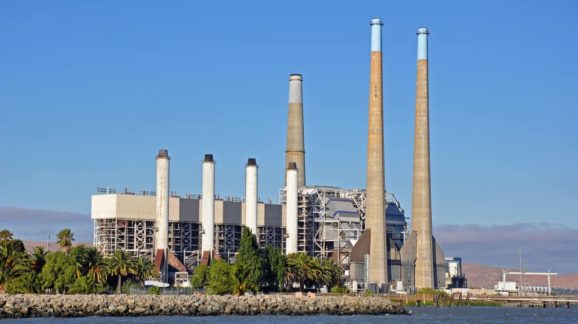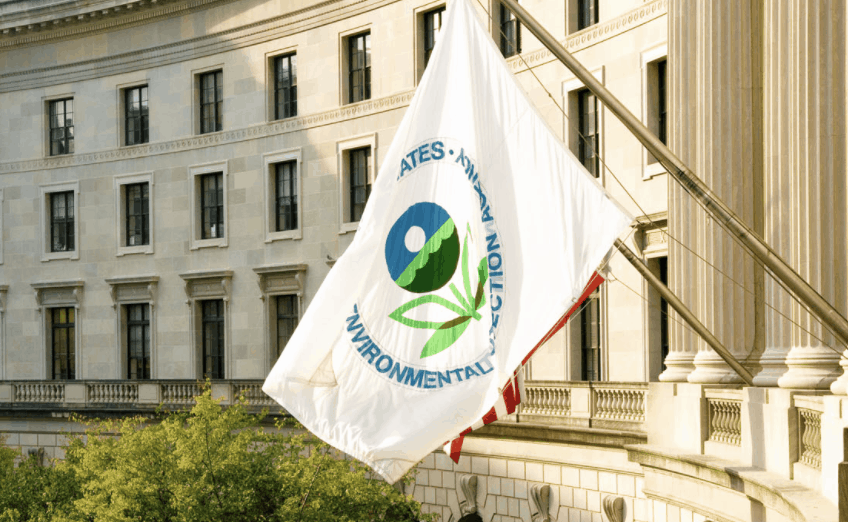ACE-ing the Repeal of the Clean Power Plan

 The Trump administration is in the midst of moving forward with its proposed Affordable Clean Energy (ACE) rule, a replacement for the Obama-era Clean Power Plan. The Environmental Protection Agency released the ACE rule in August 2018 and yesterday closed a deadline for the public to submit comments on the proposal. The plan has been one of the more controversial federal regulatory proceedings of the year, with interested parties at the state and federal level weighing in:
The Trump administration is in the midst of moving forward with its proposed Affordable Clean Energy (ACE) rule, a replacement for the Obama-era Clean Power Plan. The Environmental Protection Agency released the ACE rule in August 2018 and yesterday closed a deadline for the public to submit comments on the proposal. The plan has been one of the more controversial federal regulatory proceedings of the year, with interested parties at the state and federal level weighing in:
Democratic attorneys general are teaming up to try to block the Trump administration’s climate rule rollback agenda, with the latest bout to be fought Wednesday over the repeal of the Obama-era Clean Power Plan.
Halloween is the deadline for submitting comments on the Environmental Protection Agency’s proposal to repeal the Obama climate plan for coal plants, and replace it with President Trump’s Affordable Clean Energy rule, or ACE.
Whereas the Obama plan called for reducing states’ carbon emissions 32 percent by 2030, ACE focuses on making it easier for coal plants to make efficiency upgrades.
The Competitive Enterprise Institute praised the ACE rule when it was first proposed. Myron Ebell, Director of CEI’s Center for Energy and Environment, said:
The EPA’s proposed replacement rule is a huge improvement over the so-called Clean Power Plan, which is almost certainly illegal and would be incredibly costly to consumers if implemented. The new rule provides minimal regulation of greenhouse gas emissions from existing power plants and will therefore result in only small increases in electric rates. It will also do no more harm to the coal industry, which still supplies 30% of America’s electricity at the lowest costs.
This week, Senior Fellow Marlo Lewis added his comments to the docket, highlighting the legally dubious status of the Clean Power Plan (CPP). Lewis’ analysis goes beyond what the administration itself has argued in challenging the existing Obama-implemented program:
Among the CPP’s multiple legal flaws, one stands out as most bizarre. The CPP purports to establish carbon dioxide (CO2) emission performance guidelines for existing coal power plants under section 111(d) of the Clean Air Act (CAA). However, 111(d) excludes from its regulatory purview “any air pollutant . . . emitted from a source category regulated under CAA section 112.” Coal power plants have been regulated under CAA section 112 since 2012. The CPP is thus unlawful under the very provision that supposedly authorizes it. Any CPP replacement rule would be unlawful for the same reason.
The so-called Section 112 Exclusion outlined above was a prominent issue in the CPP litigation, including the states’ motion that persuaded the Supreme Court to stay the Power Plan. Yet neither ACE nor the preceding Advance Notice of Proposed Rulemaking (ANPRM) even mentions it.
Learn more about how CEI is challenging the Clean Power Plan in federal court in the case of CEI, et al. v. EPA.